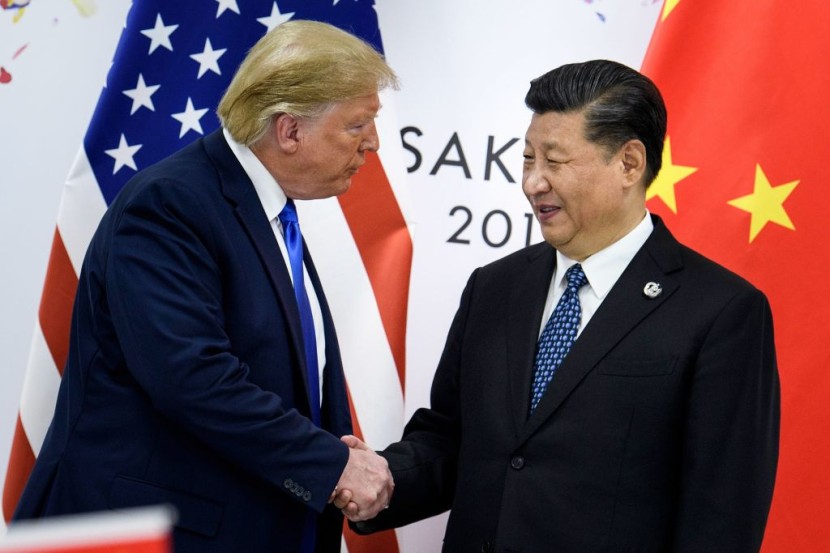
China failed to deliver in buying U.S. goods and services worth more than $200 billion despite a deal with former United States President Donald Trump.
The promise was part of what is known as the Phase One deal, where Beijing committed to buying $200 billion more in American exports compared to 2017. The deal was made just before a U.S.-China trade war began. President Trump and Chinese President Xi Jinping both decided to stop escalating tariffs after signing the deal.
Commitment Failure
With the deal, China was supposed to meet the required purchase goals by the end of 2021 but was never on track to meet its target. Furthermore, a new report released by the Peterson Institute for International Economics has given a detailed picture of how much goods the Asian giant bought over the two-year period since the deal.
It was found that China only bought 57% of the American exports that it promised to purchase under the Trump-era deal. The report analyzed new trade data that the Department of Commerce released, CNN reported.
While the deal failed in terms of the additional exports that were supposed to be purchased, it stopped the spiraling trade war between the two nations. Experts have also noted that some parts of the agreement should be kept because they were advantageous. This includes China's commitments to removing technical barriers to U.S. farm exports, respecting intellectual property, and opening up its financial services sector.
However, some argue that Trump's decision to sign a deal that was problematic from the start showed a level of bad faith from both sides. It was also made without considering unforeseen events, such as the COVID-19 pandemic. The commitment did very little to reduce the uncertainty that was discouraging the business investment needed to kick-start U.S. exports.
PIIE reported that many of Trump's tariffs remain in effect, especially those placed on inputs, which raises costs to U.S. companies. Furthermore, the failure to negotiate the removal of China's retaliatory tariffs may have redirected Chinese demand for U.S. exports from its private sector to its state-owned enterprises.
Trump's Trade War
The situation comes after Trump famously declared in 2018 that trade wars were good and easy to win. He called himself a "Tariff Man" and showcased it by imposing new tariffs on hundreds of billions of dollars worth of U.S. imports.
The former president's logic was that if he made imports more expensive for Americans, it would hurt foreign sellers and give him leverage to demand concessions. The Republican businessman's biggest target was China, the world's largest economy following the U.S.
The tariff increase from both nations rattled financial markets in 2018 and 2019, leading to the Phase One deal that both leaders signed on Jan. 15, 2020. If the U.S. share of Chinese imports had remained constant and if there was no Trump trade war, U.S. exports to China were expected to have reached $119 billion more than actual levels from 2018 to 2021. The situation shows a net loss of business for American companies, as per Yahoo Finance.
Related Article: Kim Jong Un Reportedly Sends "Love Letters" To Donald Trump; What Do Former President's Documents Contain?
© 2025 HNGN, All rights reserved. Do not reproduce without permission.








